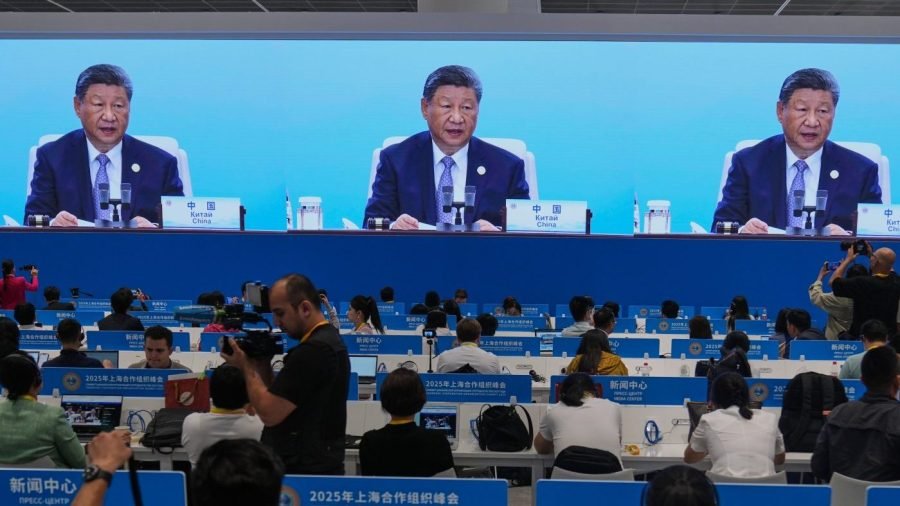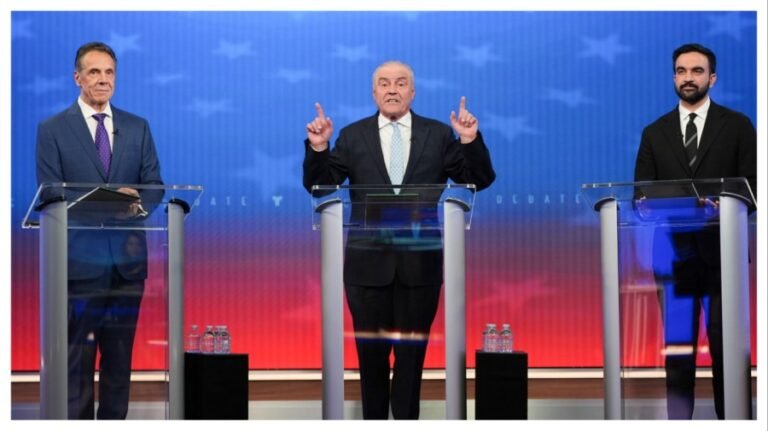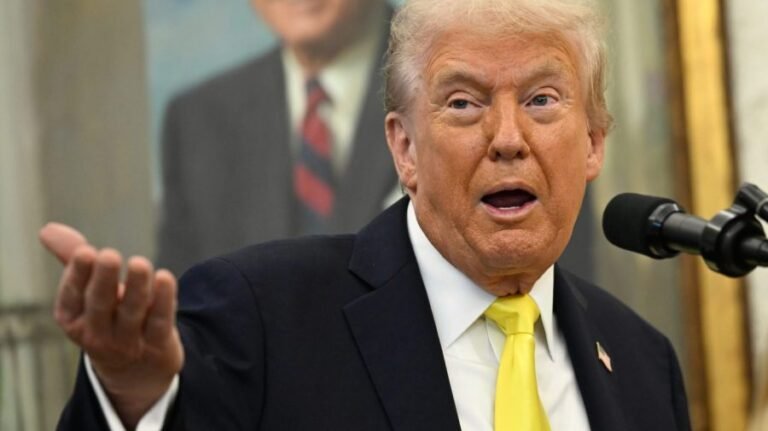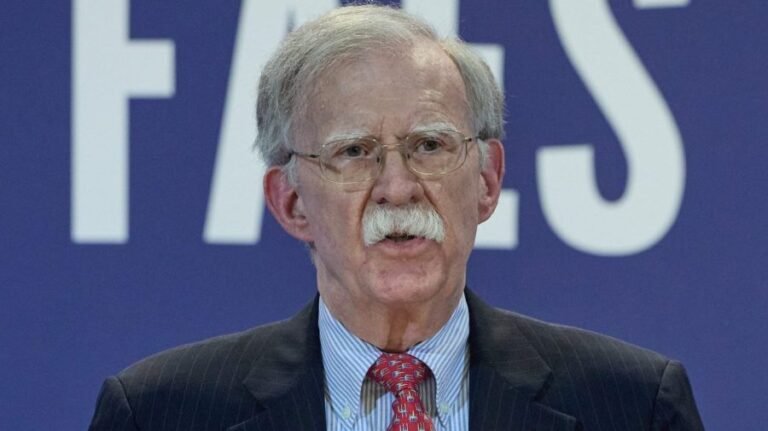
“The old world is dying, and the new world struggles to be born; now is the time of monsters.”
The great Italian thinker Antonio Gramsci wrote this observation (as rendered by Slavoj Zizek) while being held in a Fascist prison about the chaos that convulsed Europe between the two world wars.
By “monsters,” he meant the uncanny phenomenon that emerge when one order ends but the next has not yet emerged. Such monsters are not necessarily malign: they can be genuine experiments, distorted alignments or elaborate stagings that embody possibility but are dysfunctional in practice.
Gramsci’s phrase can illuminate the recent summit of the Shanghai Cooperation Organization in Tianjin, China. For all its spectacle, Tianjin was not the birth of a new order. It was another symptom of our interregnum: an age in which the old unipolar world has died, the new multipolar one cannot yet be born and the vacuum in between is filled with uncanny performances.
Yes, the optics were good. The leaders of China, Russia and India all sought to project an image of togetherness, and all took what was useful from the theater. Chinese President Xi Jinping saw himself as the leader of multilateralism and regional integration, casting China’s ambitions in the language of collective progress. Russian President Vladimir Putin needed to show that Russia could still be part of a powerful bloc.
Indian Prime Minister Narendra Modi, facing tariff pressure and tensions with the West, had a motive to present his own country as indispensable, not subordinate either to Washington nor Beijing.
Handshakes and smiles, boilerplate references to sovereignty and the Global South: the images were effective. But images are not institutions. Unlike the Bretton Woods Conference in 1944, no architecture was agreed to in Tianjin that could affect the global system.
Bretton Woods was momentous because it created institutions — the IMF and the World Bank — and the architecture of fixed exchange rates, a system that ordered the world of global finance for generations. To this day, in their battered contemporary form, they are pillars of the world order.
The most concrete output of Tianjin was a vague call for some sort of development bank, talk of cooperation on energy and technology, and generic calls for regional solidarity. But there was no shared design, no institutional machinery, no binding rules. The Shanghai Cooperation Organization is a political stage, not a constitutional convention.
This is where Gramsci is useful. In a moment of transition, what is born are not new orders but half-formed experiments. Multipolarity itself is such an experiment — real enough in its diffusion of power, but not yet structured by common rules.
The unipolar moment of American primacy is over. China has arisen, Russia has become a spoiler, India has begun to push its weight and middle powers are seeking autonomy. But none of these actors has developed, much less institutionalized, a framework for stabilizing the multipolar world that they have helped to create. The Shanghai Cooperation Organization, for all its demographic and geographic heft, remains a patchwork of contradictions. It contains rivals as much as partners, and its communiqués are papered over by bilateral disputes and competing agendas.
The Tianjin summit put these contradictions on display. On the surface, members seemed to unite in a posture against Western, especially American, hegemony. Below the surface, India held back endorsement from several joint statements that it regarded as unbalanced. Central Asian states, while expressing support for connectivity and trade, privately fretted about being squeezed between Beijing’s Belt-and-Road Initiative and Moscow’s security demands. The admission of Iran and Belarus at the expense of waiting out their sanctions problems added to the appearance of an anti-Western bloc without strengthening the consensus.
These are not the sturdy foundations of a new order but Gramsci’s “monsters” — weird alignments, theatrical performances, tactical gestures that lack functional cohesion.
Important conversations may have taken place on the margins, including energy deals, bilateral security arrangements and supply-chain discussions. But they are incremental, not systemic or revolutionary. They are not the bricks of a new stable order, but what states do in the absence of order: hedge, maneuver and adapt tactically to uncertainty.
The risk lies not in the summit’s theatrics but in mistaking them for something more substantive. The 1930s show what happens when institutional collapse coincides with economic turmoil and nationalist ambition: depression, fragmentation and global conflict. Today’s monsters are not dictators in jackboots but strange hybrids: escalating tariff skirmishes, fragile financial arrangements, summits that look important but function as spectacle, and alliances too brittle to manage crises.
The Tianjin summit was not meaningless but neither was it epochal. It was a reflection of a world in which the unipolar era is past, leaders reach for new stagings of solidarity and regional institutions ascribe to themselves more than they can deliver.
It underscored that no institutional replacement has yet been forged. For the U.S. and its allies, the challenge is to navigate this moment without lapsing into coercive hegemony on the one hand or complacent fatalism on the other. That means adapting existing institutions to the new distribution of power, inventing new forums where necessary and above all steering clear of the economic disarray and geopolitical breakdown that haunted the last great interregnum.
To treat Tianjin as the harbinger of a new order is to confuse symbols with substance. What it revealed was that we are still in the space that Gramsci diagnosed. The question is whether these misshapen performances will be allowed to dominate our age, or whether the world will summon the foresight and restraint to build an order that is not merely theatrical but functional.
Andrew Latham is a professor of international relations at Macalester College in Saint Paul, Minn., a senior fellow at the Institute for Peace and Diplomacy, and a non-resident fellow at Defense Priorities in Washington, D.C.






